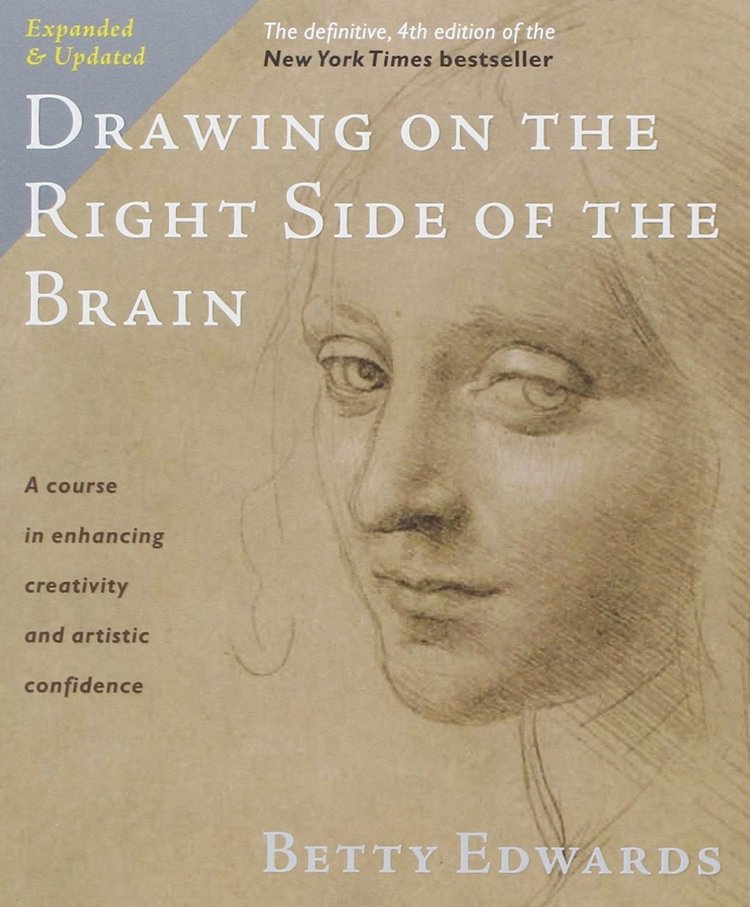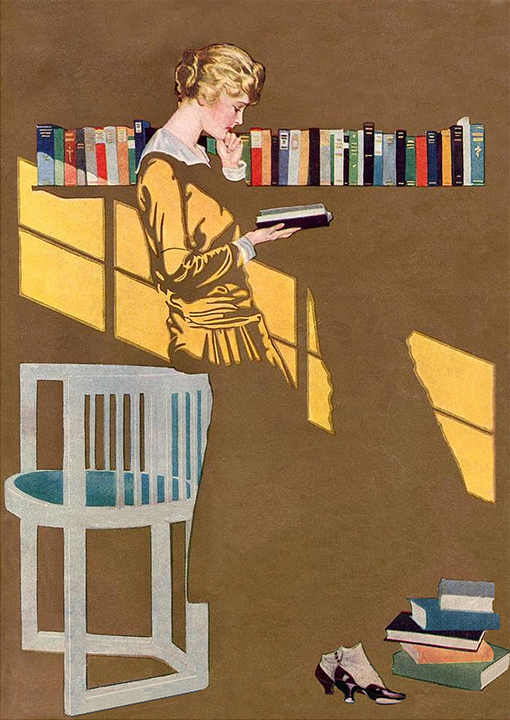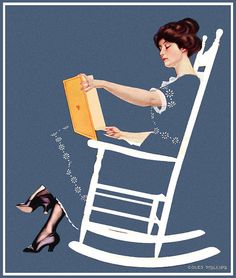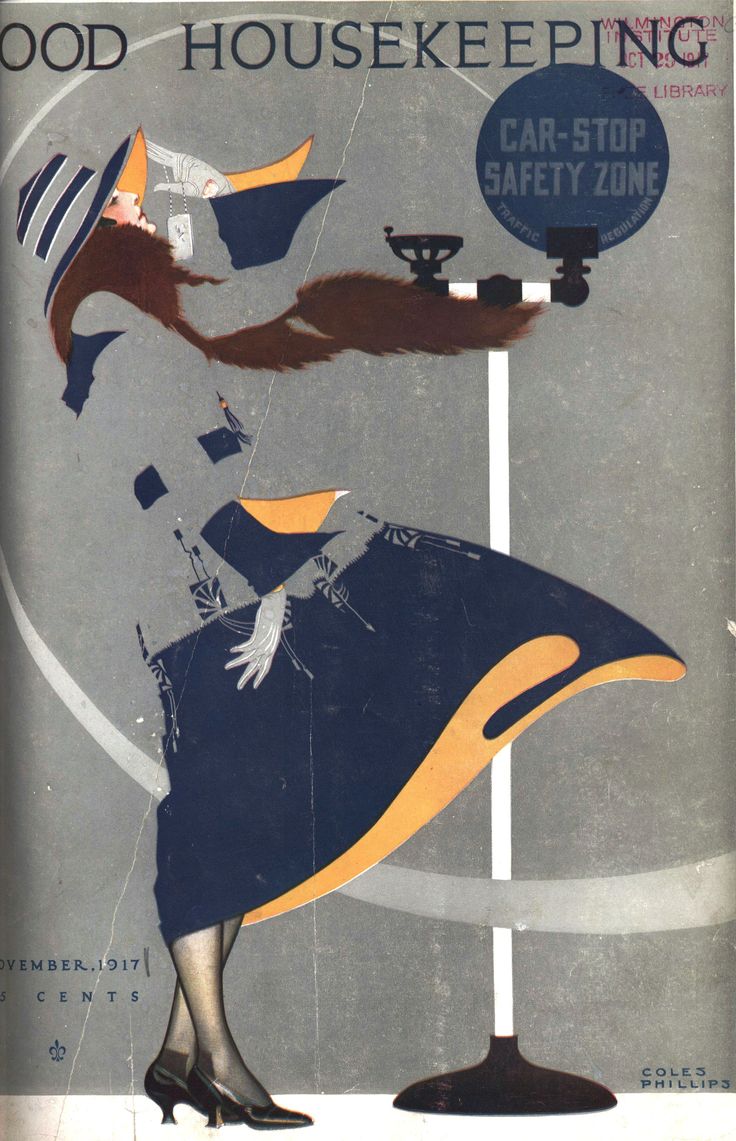Being left-handed has come a long way. These days it's even considered the sign of a creative mind. Yet so many questions about left-handedness remain unanswered, from its causes to the meaning of its relationship with autism and Tourette's syndrome. … click here to read further: What We Do (And Don't) Know About Left-Handedness
Drawing Without Symbols On the Right Side of the Brain
This article from about a decade ago (Winter 2007) was published in American Artist magazine. It's worth another look!
Will our left brain ever be able to understand how the right brain works?
“The universal reaction to Atlas, the newly upgraded next-generation humanoid robot from Boston Dynamics (a company owned by Alphabet), was lots of empathy. Unmindful of being punched, pushed and teased, it focused on finishing tasks in ademo video. People who watched the video responded with comments like ‘stop bullying’ and ‘say no to bullying.’ It was clearly evident that we are on the verge of creating machines that can look and act like us in a physical sense, as well as take over repetitious manual labor — to the delight of monotony-hating, fun-loving humans. However, providing these machines with the human traits of emotion and empathy is a missing piece of the puzzle that continues to baffle AI researchers.”
Read more in this interesting article: In Pursuit of Empathetic Machines
Negative Space in Calligraphy
This 11 minute video is a wonderful illustration of negative space, created by Peter Fraterdeus. You might be interested in his Website: http://www.fraterdeus.com/zen
Peter has taught seminars on calligraphy, type, and printing, in Berlin, Venice, Barcelona, Chicago, Two Rivers, and elsewhere. He is a calligrapher, typographer, photographer, fine-printer, and life-long student of consciousness and symbolic communication forms.
9 Things That Happen When You Carry A Sketchbook With You Nonstop
You might find this article interesting: 9 Things That Happen When You Carry A Sketchbook With You Nonstop!
However, I offer one piece of advice: I’d suggest that you carry a smaller sketchbook than the one shown in the photo, say 4” x 6” in size. Pocket Sketching Notebooks
It will easily fit into a pocket or purse and will attract less notice from onlookers, who often ask to see what you are drawing. That is, unless you want to make some new friends! There is nothing that beats someone drawing to attract an audience.
~ Betty Edwards, 2/24/2016
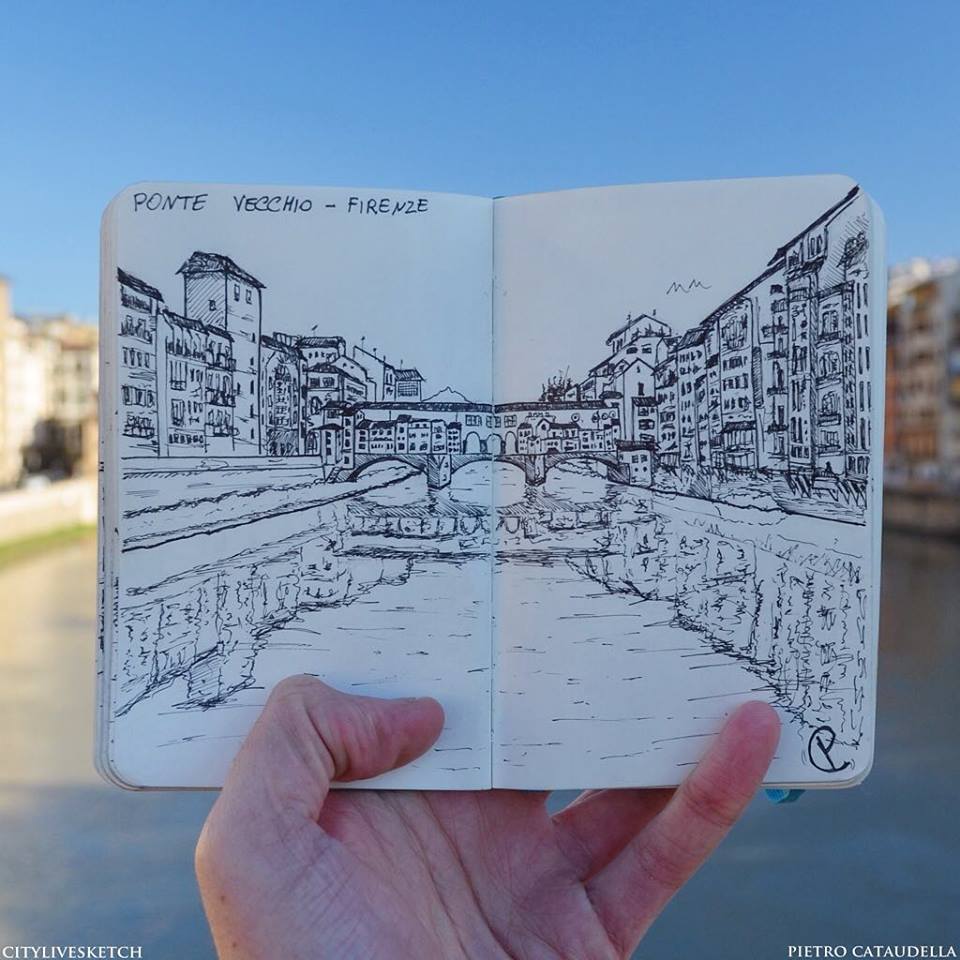
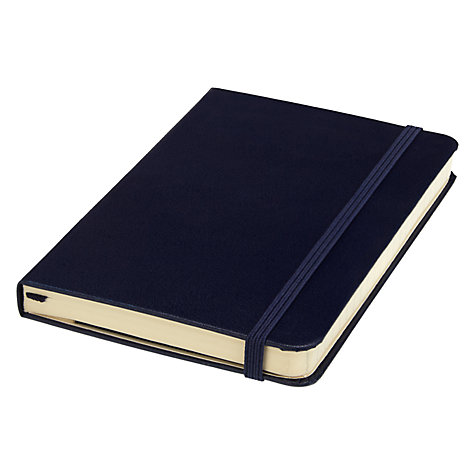
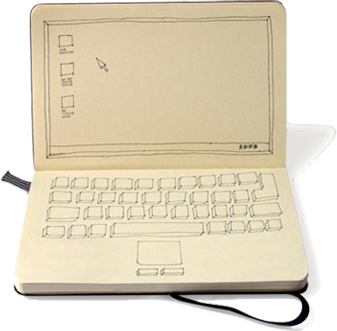
The Divided Brain / Iain McGilchrist
According to a ground-breaking book by Iain McGilchrist, a psychiatrist who now resides on the Isle of Skye, it might be that the whole of Western culture has neglected half of our brains. McGilchrist argues that the distinctions between the two halves of our brain, though often misunderstood, offer profound insights into why the world is the way it is. In his book The Master and his Emissary, he surveys the medical and psychiatric evidence to present a persuasive case that the fact that our brains have two hemispheres not only shapes how we perceive the world, but is actually a defining factor in our culture.
I want to share this wonderful video with you!
Betty Edwards in 1977: The Art of Putting the Brain to Work

The first major public recognition of the "Drawing on the Right Side of the Brain"
Read MoreArtist Coles Phillips and His Use of Negative Space
Clarence Coles Phillips (1880 – 1927) was an American artist and illustrator who signed his early works C. Coles Phillips, but after 1911 worked under the abbreviated name, Coles Phillips. He is known for his stylish images of women and signature use of negative space in the paintings he created for advertisements and the covers of popular magazines. Here is an article about him: Coles Phillips, Illustrator
Some of his works are fascinating explorations of negative space—#2 of the five component skills of drawing taught in the DRSB 5-Day Workshops. Here are just a few of Phillips’s works:
Master Artists' Sketches of Hands
Through the ages, artists have sketched hands--their own and others'--trying to get them right! Here are just a few to admire: (1) and (2), John Singer Sargent; (3) and (4) Vincent van Gogh; and (5) Antoine Watteau. The exercise of drawing one's own hands is an important element of the DRSB 5-Day Workshop.
From a High School Student in China
Yesterday, I received the email below from Dongyi, a high school senior in China, who had found our new website and sent a message through the Contacts page. I was so impressed with her eloquence, her grasp of the DRSB ideas, and how the five perceptual skills are helping her with the rest of her studies. She gave me permission to share her message with you.
I have long been convinced that learning to draw and understanding those skills are highly transferable to many fields of study and should be part of every school curriculum. My hope is that one day, drawing will again be taught in schools, to help students access both sides of their brains!
Date: January 23, 2016
Subject: Heartfelt gratitude for Betty and the five perceptual skills which inspire me a lot !
Message:
Dear Betty Edwards,
How's it going?
I am a 17-year-old schoolgirl from China. About one year ago, I bought Drawing On the Right Side of Brain on my kindle. The idea of applying the five perceptual with a certain order to observe and obtain the 'aha' of things really impresses me. As you wrote in the last chapter of the edition published in 2012, the potential of the five skills is beyond the boundary of art and they can help with creative thinking as well, with which I totally agree.
As a senior school student, I applied the five skills to study and found that they are quite useful in organizing information. I have slightly adapted them to make them a better tool that I can use, and I kind of combined them with another theory--the constructal theory (like the five skills, the constructal theory is also general and can be applied to many, many things) by Adrian Bejan.
Sorry that I can't add photos here, and I find it impossible to express mysef clearly without sketches. But if you are interested in my exploration, it will be my honor to send another email with photos of my sketches directly to your email address.
Thanks again for your ground-breaking theory and please pardon me for any possible language mistakes in this message.
Best regards!
Yours sincerely,
Dongyi
Let Computers Compute. It's the Age of the Right Brain.
This article was published in The New York Times eight years ago, but it is still relevant. My son, Brian Bomeisler, was interviewed in a wide-ranging discussion about how training right-brain skills can help corporations as well as individuals. Daniel Pink, author of A Whole New Mind, Drive, and To Sell is Human, who took a DRSB 5-Day Workshop from Brian, is also quoted in this article. Worth a read!
Le Corbusier on Drawing
A Message from Betty Edwards
Dear friends of Drawing on the Right Side of the Brain®,
Welcome to our new Website! I hope that you will find it up-to-date, full of useful information, and easy to use.
We made special efforts to make sure that the new site provides quick and easy ways for you to learn about the theories behind Drawing on the Right Side of the Brain®, to review our workshop schedule and sign up for a class, and to peruse our offerings of instructional drawing supplies and materials.
I’m very grateful to Robert Palmer of Honest Code, San Diego, for all his help in developing the site, as well as to my daughter, Anne Farrell, who worked on the design for many months. I’m also grateful to my son, Brian Bomeisler; son-in-law John Farrell; and to Rachael Thiele, my colleague of many years, and Sandy Manning, who runs our office. If you have any questions, click here to email Sandy, or use the Contact form on this new site.
There are now many convenient ways for you to communicate with me and my colleagues, and this new blog gives me a chance to share with you relevant articles and ideas. I hope you will make our communication a two-way street!
A new website is a great way to start the New Year, and I look forward to bringing the joy of learning to draw to many new friends.
Betty
Pablo Picasso, Portrait of Igor Stravinsky, c. 1920. Stravinsky and Pablo Picasso collaborated on Pulcinella in 1920. Picasso took the opportunity to make several sketches of the composer. In Drawing on the Right Side of the Brain, you will learn how this wonderful drawing by one of the greatest artists of the 20th century can help YOU learn to draw.
4 Students Who Learned to Draw
Jamie, Lauryn, Cornelia, and Katie with Brian Bomeisler and Betty Edwards, at the final drawing critique following a DRSB 5-Day Workshop in La Jolla. Click to see the Before & After Examples of self-portraits by these students in early January 2016.
Rembrandt's Self-Portraits in 2 Minutes
An extraordinary look at Rembrandt's self-portraits through the years.
